Boost Vegan Iron Intake: Essential Tips Unveiled
Introduction
Iron is an essential mineral that plays a critical role in maintaining our overall health. It is a key component of hemoglobin, the protein in red blood cells responsible for transporting oxygen throughout the body. For individuals following a vegan diet, ensuring adequate iron intake can be challenging yet crucial. Plant-based sources of iron, known as non-heme iron, are not absorbed as efficiently as heme iron found in animal products. However, with careful planning and knowledge, vegans can meet their iron needs effectively. This article explores essential tips to boost vegan iron intake and maintain optimal health.
Understanding Iron Requirements
The recommended dietary allowance (RDA) for iron varies based on age, gender, and life stage. For adult men and postmenopausal women, the RDA is 8 mg per day. Premenopausal women require more iron, with an RDA of 18 mg per day, due to menstrual losses. Pregnant women have an increased need for iron, with an RDA of 27 mg per day. Vegans should aim to consume 1.8 times the RDA due to the lower absorption rate of non-heme iron. Understanding these requirements is the first step in planning an iron-rich vegan diet.
Rich Plant-Based Sources of Iron
Legumes and Pulses
Legumes and pulses, such as lentils, chickpeas, and beans, are excellent sources of iron. They are versatile and can be incorporated into various dishes, including soups, stews, and salads. One cup of cooked lentils provides about 6.6 mg of iron, making it a valuable addition to a vegan diet.
Nuts and Seeds
Nuts and seeds, including pumpkin seeds, sesame seeds, and cashews, are rich in iron. A quarter cup of pumpkin seeds contains approximately 2.5 mg of iron. These can be enjoyed as snacks, added to smoothies, or used as toppings for yogurt and oatmeal.
Whole Grains
Whole grains like quinoa, brown rice, and oatmeal also contribute to iron intake. Quinoa, for instance, offers 2.8 mg of iron per cooked cup. Incorporating a variety of whole grains into meals ensures a steady supply of this essential mineral.
Dark Leafy Greens
Dark leafy greens such as spinach, kale, and Swiss chard are known for their iron content. While the iron in these greens is non-heme, pairing them with vitamin C-rich foods enhances absorption. A cup of cooked spinach contains about 6.4 mg of iron.
Enhancing Iron Absorption
Pair Iron with Vitamin C
Vitamin C significantly boosts the absorption of non-heme iron. Consuming vitamin C-rich foods alongside iron-rich meals can enhance iron uptake. Examples include adding citrus fruits, bell peppers, or tomatoes to meals containing iron-rich ingredients.
Avoid Iron Inhibitors
Certain compounds can inhibit iron absorption, including phytates, polyphenols, and calcium. Phytates, found in whole grains and legumes, can be reduced by soaking, sprouting, or fermenting these foods. It is also advisable to consume tea, coffee, and calcium-rich foods separately from iron-rich meals.
Use Cast Iron Cookware
Cooking with cast iron cookware can increase the iron content of food. The iron from the cookware leaches into the food, especially when cooking acidic foods like tomatoes. This simple technique can contribute to increased iron intake over time.
Meal Planning and Recipes
Breakfast Ideas
Start the day with an iron-rich breakfast by preparing oatmeal topped with sliced strawberries and a sprinkle of chia seeds. Alternatively, a smoothie made with spinach, orange juice, and flaxseeds can provide a substantial iron boost.
Lunch Options
For lunch, consider a quinoa salad with chickpeas, bell peppers, and a lemon-tahini dressing. Another option is a lentil soup with tomatoes and kale, served with whole-grain bread to round out the meal.
Dinner Selections
For dinner, a stir-fry with tofu, broccoli, and red bell peppers over brown rice offers a balanced, iron-rich meal. A side of roasted sweet potatoes can provide additional vitamin C to enhance iron absorption.
Monitoring Iron Status
Regular monitoring of iron status is crucial for vegans to ensure they are meeting their iron needs. Blood tests measuring serum ferritin and hemoglobin levels can help assess iron stores and detect any deficiencies early. Consulting with a healthcare professional or registered dietitian can provide personalized guidance and support.
Conclusion
Boosting iron intake on a vegan diet requires careful consideration and planning. By incorporating iron-rich plant-based foods, enhancing absorption through dietary strategies, and monitoring iron status, vegans can meet their iron needs and support overall health. With these essential tips unveiled, individuals following a vegan lifestyle can enjoy a nutrient-dense diet that supports their well-being.




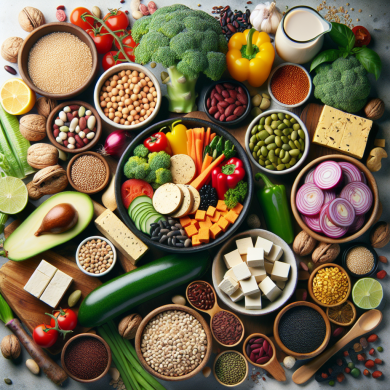
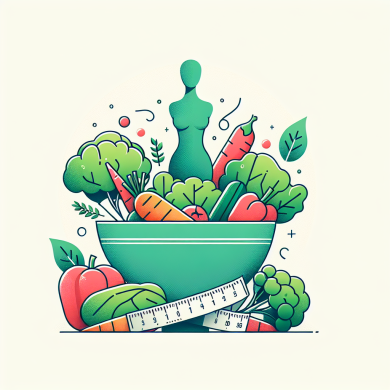
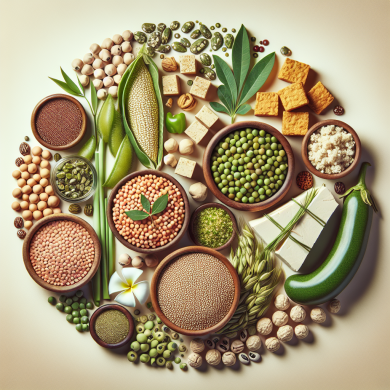
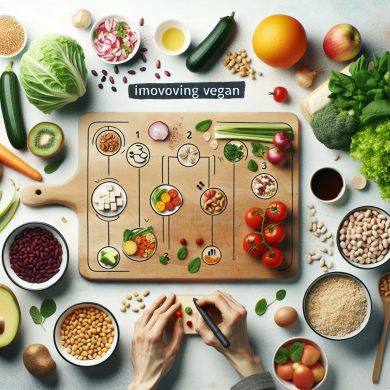



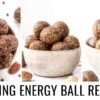



Add comment